Despite the similarities between elastic resistance and free-weight resistance, people would assume, due to the lightweight and “flimsy” appearance of elastic resistance equipment such as elastic tubing, that free weights are clearly the better resistance equipment.
Today, you’re going to learn that resistance bands just might beat out free weights in some prime areas.
WHAT’S SIMILAR?
Elastic resistance exercise, such as the use of elastic tubing equipment, has been used for almost a century. It originally was used as a fitness technique, but eventually progressed to be used as a rehabilitation device. Today it is used commonly in both fitness and rehabilitation facilities around the world. Both elastic resistance and free-weight resistance (such as barbells and dumbbells) have several similar properties:
- Both provide some form of resistance
- Both allow a free range of motion
- Both allow variable speed of movement
- Both allow progressive resistance.All four of these properties are critical for the benefits offered by effective resistance-training programs.
Studies have shown that muscle activity and peak load during elastic-resistance exercise is similar to free-weight resistance exercise. This means that when comparing the same exercise performed with an elastic resistance device or with free weights, the amount of muscle fibers activated is similar and the amount of force provided by the muscle fibers is similar.
Studies on elastic resistance training have also shown that programs using elastic tubing, elastic bands and similar devices increase muscle strength and muscle size and decrease body fat in a similar manner to free-weight training programs.
WHAT’S DIFFERENT?
In addition to the similarities that elastic resistance shares with free-weight resistance, there are several benefits that elastic resistance offers that free-weight resistance does not.
One of the most important benefits of elastic resistance is that, unlike free weights, it does not rely on gravity to provide resistance. This increases its potential for use in more functional movement patterns that mimic both everyday activities and sport-specific activities.
Because free weights rely on gravity to provide resistance, they can only provide resistance in a vertical plane —the direction of gravity. This means that if you do an exercise with a free weight in the horizontal plane, such as moving your left hand (while holding a dumbbell) from the left side of your body to the right side of your body, there is no resistance to that movement. With elastic tubing, on the other hand, you can have resistance when doing exercises in a horizontal plane. This means you can perform exercises such as twisting your body from side to side, side kicks and punches, as well as movements that mimic a baseball swing or basketball pass with elastic resistance.
Performing exercises with resistance in a horizontal plane better prepares the individual for performing daily tasks—such as turning his body while carrying a heavy box—much easier and with less risk for injury. It also better prepares athletes for competitive movements that take place in a horizontal plane, such as swinging a baseball bat, and helps to prevent sports injuries. A study, from Louisiana State University (New Orleans), discovered that an elastic band training program strengthened the rotator cuff muscles of collegiate baseball pitchers better than a program that used free-weight dumbbells.
Because elastic resistance does not rely on gravity to provide resistance, it is possible to change the emphasis placed on muscles during certain exercises. This is made possible by changing the direction of pull of the elastic tubing or bands. For example, research from Brigham Young University reported that it was possible to change the emphasis placed on the quadriceps and hamstrings during squatting or stepping exercises by changing the direction of pull of the elastic tubing. The ability to change muscle emphasis is important for those who want to target specific muscles either for aesthetic reasons or for strengthening for sport competition. It is also important for those with injuries, as shifting the force more to certain muscles can help protect certain associated joints. For example, greater hamstring emphasis during squatting or stepping exercises helps to protect certain structures around the knee. This is difficult to accomplish with free weights because, as previously stated, they require the direction of force to be vertical, due to the reliance on gravity for resistance.
 Another benefit provided by the fact that elastic resistance does not rely on gravity is that it provides continuous tension to the muscles being trained. When you lift a free weight like a dumbbell in any direction other than straight up and down, the tension on the muscle can actually be removed at certain points in the range of motion. For example, when doing a biceps curl with a dumbbell, as you curl the dumbbell up towards the shoulder, at the very top of the movement the dumbbell is literally falling towards the shoulder. This means that the tension on the biceps has been removed because the dumbbell is no longer being lifted up against gravity by the biceps. When doing a biceps curl with elastic resistance, the tension is present throughout the entire range of motion because the elastic material provides resistance due to its own properties.
Another benefit provided by the fact that elastic resistance does not rely on gravity is that it provides continuous tension to the muscles being trained. When you lift a free weight like a dumbbell in any direction other than straight up and down, the tension on the muscle can actually be removed at certain points in the range of motion. For example, when doing a biceps curl with a dumbbell, as you curl the dumbbell up towards the shoulder, at the very top of the movement the dumbbell is literally falling towards the shoulder. This means that the tension on the biceps has been removed because the dumbbell is no longer being lifted up against gravity by the biceps. When doing a biceps curl with elastic resistance, the tension is present throughout the entire range of motion because the elastic material provides resistance due to its own properties.
The fact that elastic resistance equipment does not rely on gravity also means that the elastic resistance equipment used can be inexpensive, lightweight and easily stored and transported despite its ability to provide strong resistance11. On the contrary, free weights must be heavy and cumbersome to provide strong resistance. In addition, free weights tend to be expensive as they are typically priced by the pound.
Another unique benefit of elastic resistance that free weight resistance does not offer is linear variable resistance. What this means is that, as the range of motion of the exercise increases, the resistance provided by the elastic equipment increases. For example, when doing a biceps curl, as you curl your hand up toward your shoulder, the resistance of the elastic tubing increases. This is due to the physical properties of elastic material. As its length increases (from being stretched), it provides more resistance. One of the benefits of this is that as the range of motion increases and the resistance increases, the number of muscle fibers that are being used in the exercising muscle increase. The more muscle fibers being used, the greater the adaptations in muscle strength that can be achieved with the training program. This benefit is not offered by free-weight resistance.
 Another reason linear variable resistance, as provided by elastic resistance, is beneficial is due to what is known as the strength curve of muscles. The linear variable resistance provided by elastic tubing better mimics the strength curves of most muscles. A strength curve refers to the way a muscle’s or muscle group’s strength changes over a range of motion. Because of their anatomy, most muscles increase in strength over the range of motion until a certain point. Again using the biceps curl as an example, as you curl the hand toward the shoulder, the muscle gets stronger up until about the halfway point of the range of motion. Thus, the biceps muscle is weakest at the start of the exercise and strongest at the halfway point of the exercise.
Another reason linear variable resistance, as provided by elastic resistance, is beneficial is due to what is known as the strength curve of muscles. The linear variable resistance provided by elastic tubing better mimics the strength curves of most muscles. A strength curve refers to the way a muscle’s or muscle group’s strength changes over a range of motion. Because of their anatomy, most muscles increase in strength over the range of motion until a certain point. Again using the biceps curl as an example, as you curl the hand toward the shoulder, the muscle gets stronger up until about the halfway point of the range of motion. Thus, the biceps muscle is weakest at the start of the exercise and strongest at the halfway point of the exercise.
When doing a biceps curl with a free weight, the individual is limited to how much resistance he can use by how strong the biceps are at the beginning of the exercise (its weakest point). That means that during the biceps curl, the muscle is not receiving adequate resistance when the muscle is in its strongest point in the range of motion. When performing a curl with elastic tubing, however, the resistance increases as the range of motion increases. This means the muscle is receiving greater resistance at its strongest point in the range of motion and therefore is receiving more adequate resistance to better stimulate strength adaptations.
Many individuals using elastic resistance report that they can feel a difference, such as a stronger burn in the muscles and greater muscle fatigue, as compared to when they use free weights. This is due to the linear variable resistance that the elastic resistance equipment offers. This allows a greater number of muscle fibers to be used and taxed throughout the range of motion. Anecdotal evidence aside, research studies also confirm this difference.
One study performed at Truman State University (Kirksville, MO) found that athletes who included elastic resistance bench press training in their regimens had a significantly greater increase in bench press strength and power as compared to those who only utilized free-weight resistance training. Another study, performed at the University of Wisconsin-La Crosse, reported in a 2006 issue of the Journal of Strength and Conditioning Research, that when athletes used elastic band training in addition to free-weight training they had significantly more leg power than when they only utilized free-weight training.
 A critical benefit of elastic resistance is that it prevents the user from “cheating” on the exercise being performed. This is a common practice, especially for beginners, when using free weights. Cheating involves the use of momentum to get the weight moving. Once the weight has built up momentum, the muscle fibers do not need to be maximally activated to continue moving the weight throughout the rest of the range of motion of the exercise. This is due to the fact that the physics of momentum have taken over to move the weight. The physical properties of elastic resistance devices do not allow the user to cheat by using momentum. This is because the resistance from the elastic equipment comes from the stretching of the elastic material and not the mass of the elastic equipment. The only way to continue a movement while performing an exercise with elastic resistance is to utilize more muscle fibers in the exercising muscle to continue stretching the elastic material.
A critical benefit of elastic resistance is that it prevents the user from “cheating” on the exercise being performed. This is a common practice, especially for beginners, when using free weights. Cheating involves the use of momentum to get the weight moving. Once the weight has built up momentum, the muscle fibers do not need to be maximally activated to continue moving the weight throughout the rest of the range of motion of the exercise. This is due to the fact that the physics of momentum have taken over to move the weight. The physical properties of elastic resistance devices do not allow the user to cheat by using momentum. This is because the resistance from the elastic equipment comes from the stretching of the elastic material and not the mass of the elastic equipment. The only way to continue a movement while performing an exercise with elastic resistance is to utilize more muscle fibers in the exercising muscle to continue stretching the elastic material.
FINAL NOTE
The research performed on elastic resistance suggests that not only does elastic resistance offer similar benefits to free-weight resistance, but it actually has several benefits that outweigh (pun intended) those of free weights. This means that a program using elastic tubing resistance can provide similar benefits to a program that uses free-weight resistance, such as increased muscle strength, increase muscle tone and size and decreased body fat. In addition, a program that uses elastic tubing resistance can also provide benefits that are not offered by free-weight resistance programs, such as more functional strength, better injury prevention, greater ability to change muscle emphasis during exercises, greater muscle power development and easier use.
Benefits of Elastic Resistance vs. Free-Weight Resistance
| Benefit |
Elastic Resistance
|
Free-Weight Resistance
|
| Provides progressive resistance |
•
|
•
|
| Allows free movement |
•
|
•
|
| Allows variable speed of movement |
•
|
•
|
| Increases muscle strength |
•
|
•
|
| Increases muscle size |
•
|
•
|
| Decreases body fat |
•
|
•
|
| Provides resistance in multiple directions |
•
|
|
| Provides variable resistance |
•
|
|
| Provides constant tension |
•
|
|
| Prevents cheating |
•
|
|
| Inexpensive |
•
|
|
| Easy to store |
•
|
|
| Easy to transport |
•
|
Written by: Tristan “Lucky”

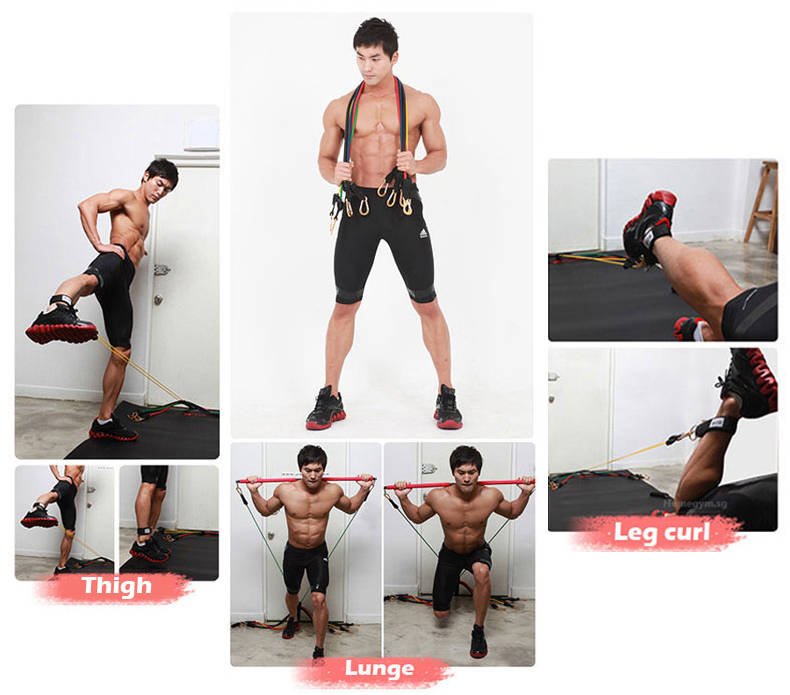

 The triceps muscle is composed of three heads – and these need to be trained in a very specific way.
The triceps muscle is composed of three heads – and these need to be trained in a very specific way. 
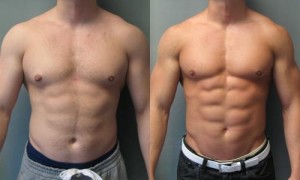
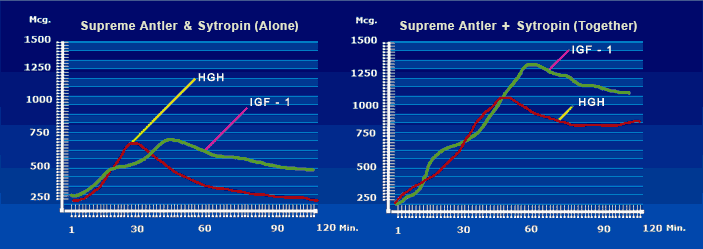

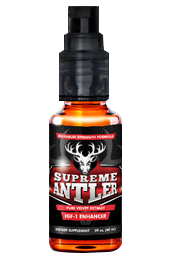




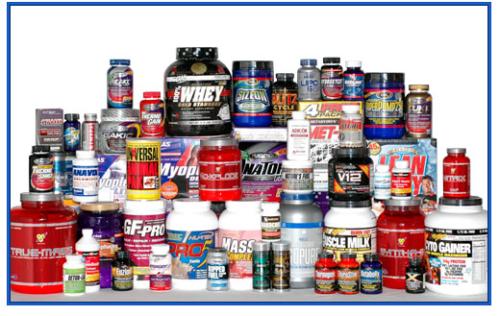
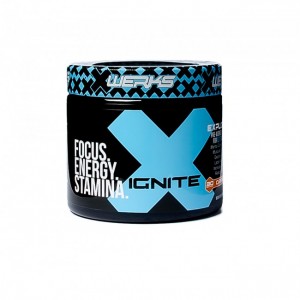
 #2
#2  #3
#3 
